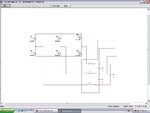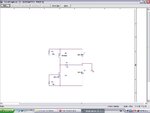Follow along with the video below to see how to install our site as a web app on your home screen.
Note: This feature may not be available in some browsers.
for R-C Snubber see this web page :
Redirect Notice
 y have large XL) but in ac motors we need eliminator filter.
y have large XL) but in ac motors we need eliminator filter.
My friend
Hi
you should avoid to use p mos and n mos in one circuit, because at complementary mode if your supply being 200V you should get 215 volt as 1 and zero volt as 0 . youe can use complementary mosfets when you have level shifter or when you have supply as 15 volts. but you can see p mos and nmos at books but those are not practical those are just to introduction a topology !


